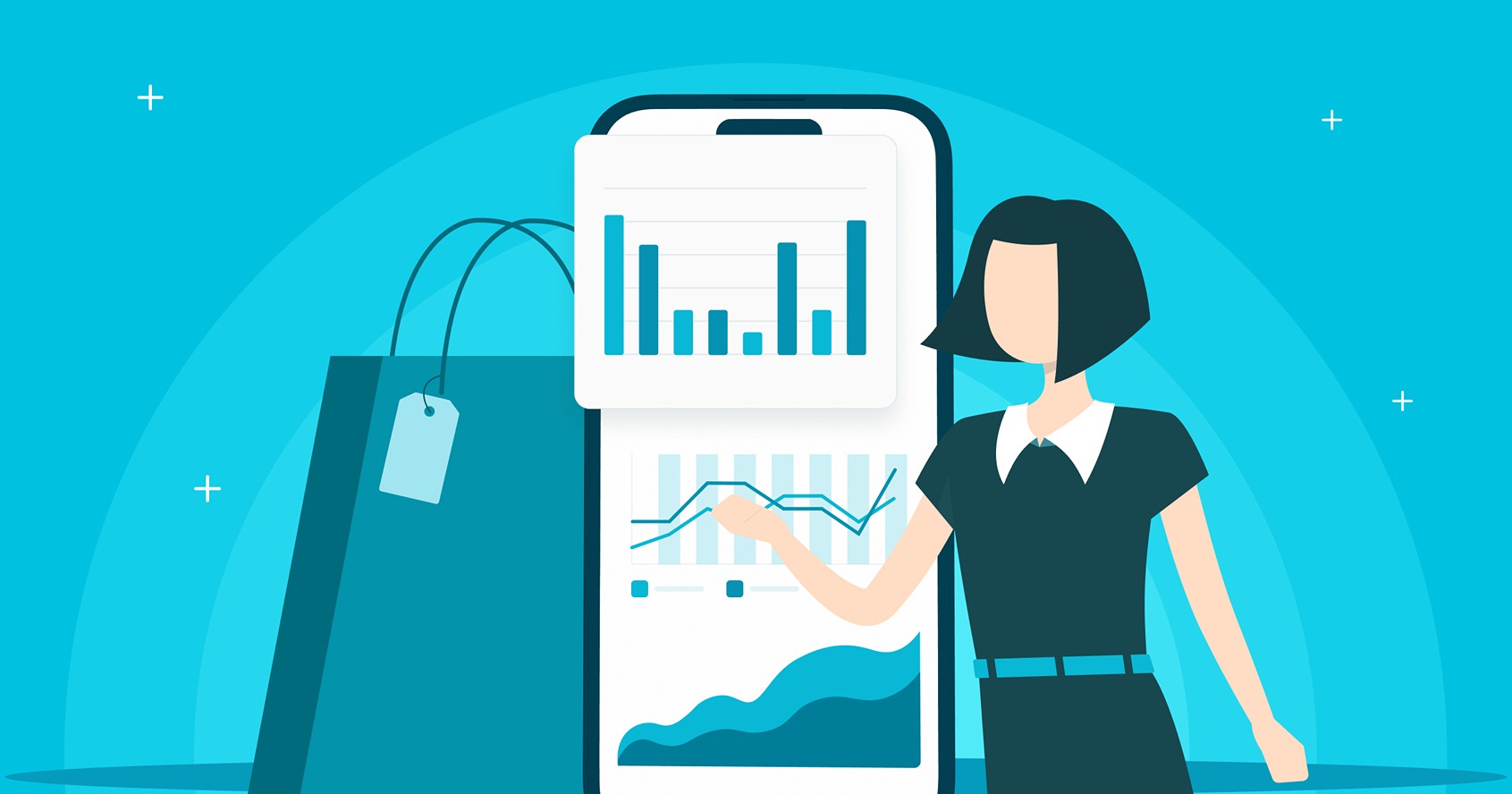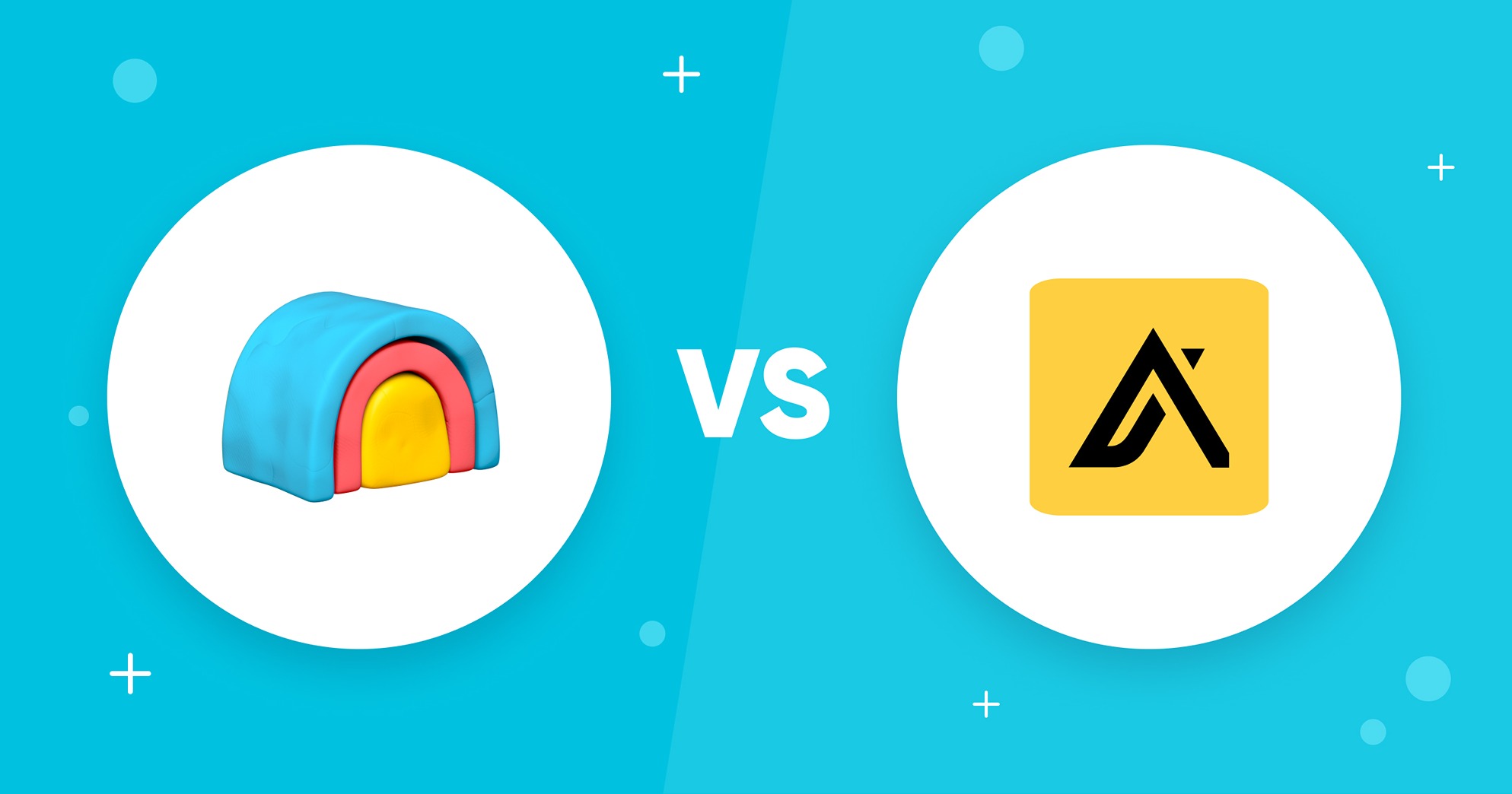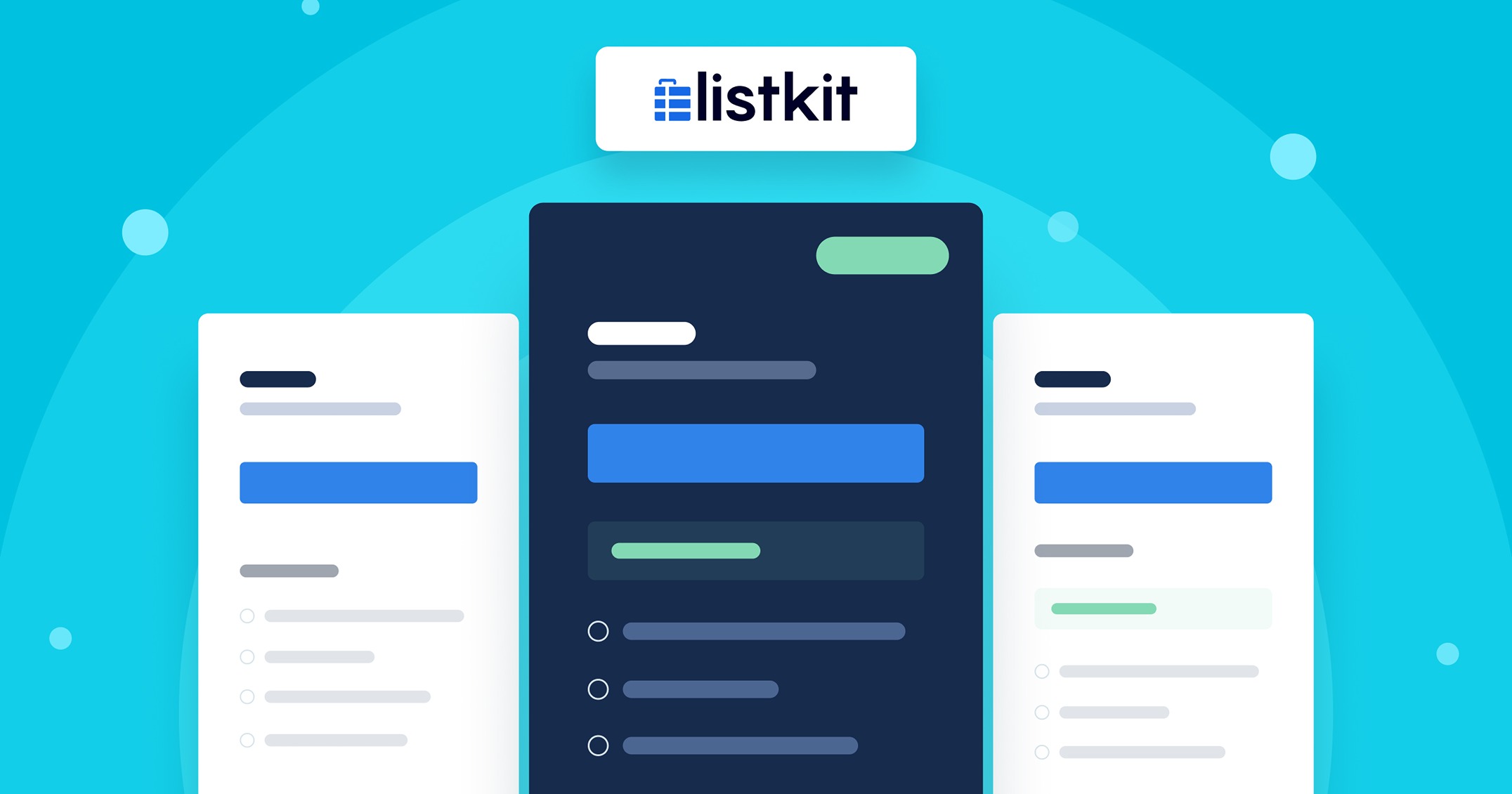In this sales guide to personal selling, we’ll cover everything you need to know and explain who should be using it and why.
We’ll also go through topics like:
- The pros and cons of personal selling
- How you can make sure you’re successful at personal selling
- When you should not use personal selling
- How to set up your personal selling strategy.
By the end of the article, you’ll not only know what personal selling is, but you’ll also know how to succeed at it.
Let’s get started.
Quick Links:
- What Is Personal Selling?
- Why Is Personal Selling Important?
- How to Set Up a Personal Selling Process
- Personal Selling Examples: The 5 Best Practices You Should Follow
- Summary: Pros and Cons of Personal Selling
- Frequently Asked Questions about Personal Selling
What Is Personal Selling?
Personal selling is a type of outside sales that involves selling face-to-face or in person. With personal selling, you rely on the salesperson’s abilities and techniques and capitalize on them to persuade a lead to buy a product or service.
With personal selling, the salesperson’s job is to talk to the lead in person using a personalized pitch and approach to make sure the lead understands why they need the salesperson’s solution.
Since personal selling always happens face to face, it can be a time-consuming but very effective marketing approach to sell high-ticket items to customers.
Why Is Personal Selling Important?
Personal selling is incredibly important because of its unique, old-fashioned, and proven approach to selling.
Nineteen percent of people want to connect to a salesperson during the awareness stage and sixty percent want to connect during the consideration stage of their customer journey. Personal selling gives them the ability to talk with someone face to face and makes them far more likely to purchase the product.
This is because personal selling allows you to convey more information. Whereas less than a quarter of all sales emails are opened, with personal selling, you can see the lead, talk to them, connect with them, quickly find out their pain points, and discuss how to solve them.
This personal approach is far more effective than any digital approach because it involves the most personal interaction a lead can get from your salespeople.
How to Set Up a Personal Selling Process
Here’s how to set up a personal selling process:
Laying Out a Personal Selling Strategy
Before thinking about personal selling, you must know what your sales strategy will be about.
To do this, start with your customer persona. Consider the following:
- Who are they?
- How do my salespeople get in contact with them?
- What are their pain points?
- Why are they talking to my salespeople?
Once you have that information, look into your salespeople’s abilities. Find out if they need training or refining. This will allow you to better target your sales.
Once you have the general idea of the layout of your personal selling strategy, you can start planning it step by step.
The 7 Personal Selling Steps to Follow
Here’s a scientifically-proven way to set up your personal selling strategy in 7 steps:
Step 1: Identify the Prospective Buyer
The first thing you need to do is to identify where your buyers are. Start by using the user personas you defined in the previous step to better understand where you can find them through account-based marketing.
Not all of the prospects you find may end up being proper potential customers. That’s why you need to find the best prospects with the highest chances of converting.
To do this, you can set up in-person methods of connecting with your prospects, like setting up a booth at an expo or asking your current customers for referrals.
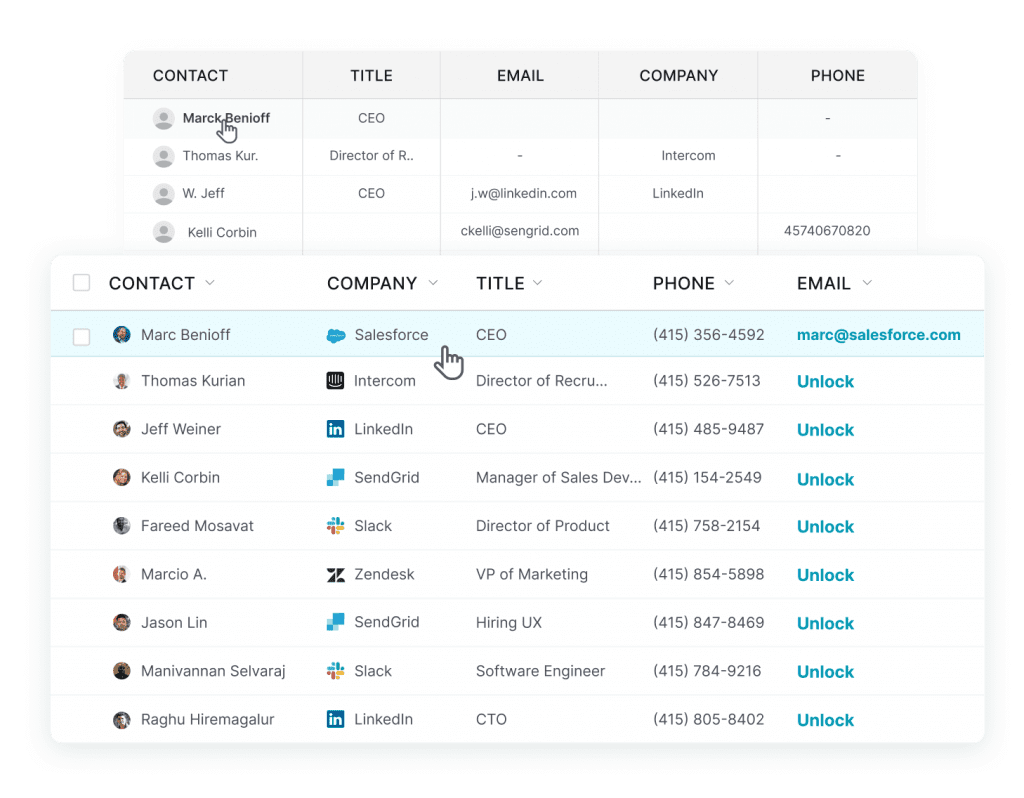
However, a better way of doing this is through a lead generation platform like UpLead. With UpLead, you can simply buy leads by inputting your ideal customer persona’s information into the platform. Then you’ll immediately receive a list of all the leads that match your description.
Simply download them and get started with the next step.
Lead generation doesn’t have to be all that painful. With UpLead, you can easily connect with high-quality prospects and leads to grow your company.
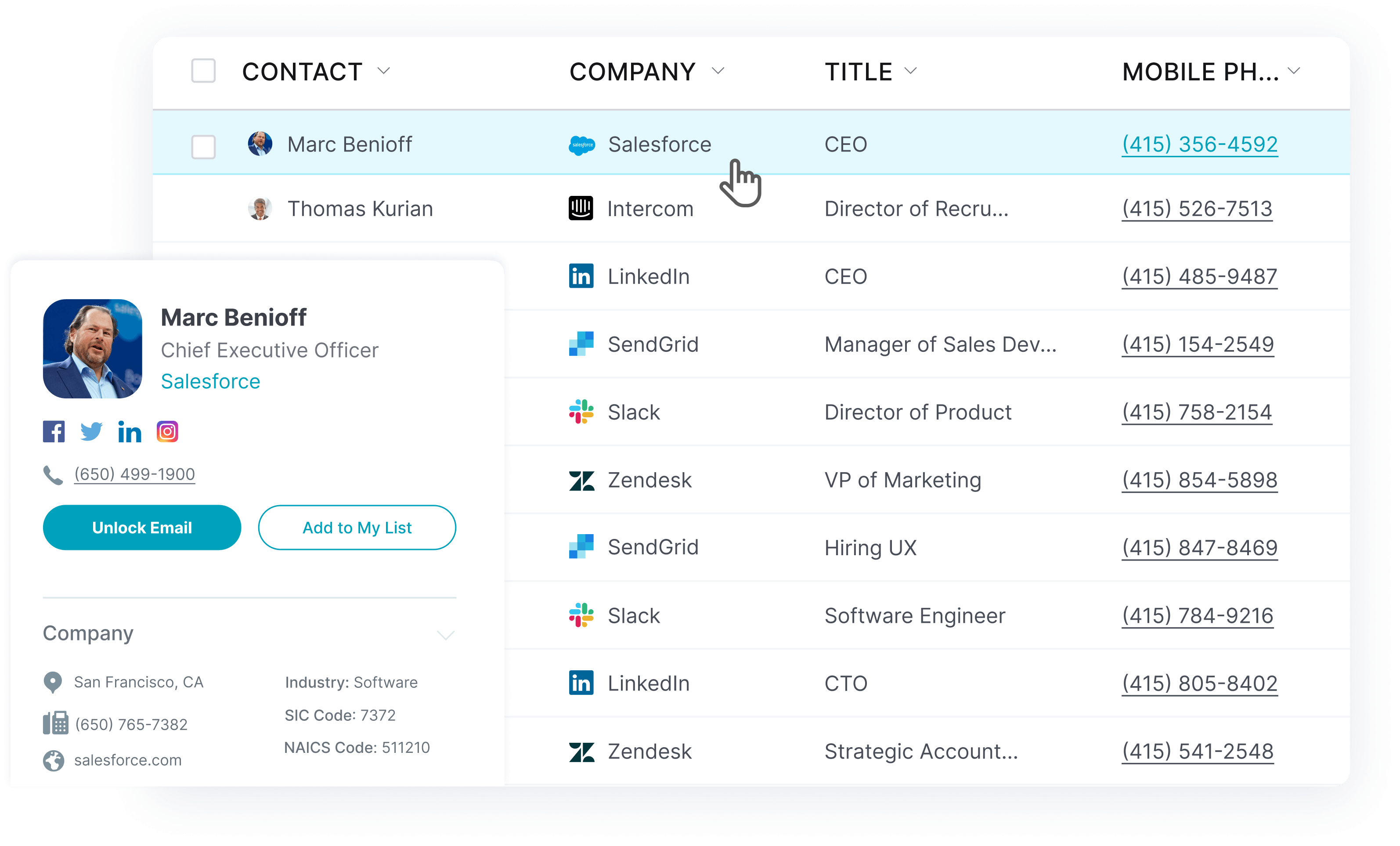
Step 2: Pre-approach your leads
Next, you’ll want to pre-approach your leads. This means you conduct enough research to figure out more about your prospects.
With this research, you can further segment your prospects into groups based on how likely they are to convert, like:
- New leads
- Unqualified leads
- Qualified leads
- Highly qualified leads
- Cold leads
- Nutruting leads
This will not only let you know which leads you should approach as soon as possible and which leads can wait, but it can also influence your pitch, ensuring you’re personalizing it as much as possible.
Step 3: Approach your leads
You want to approach your leads by setting up a meeting or showing up for a sales pitch.
During this step, make sure your pitch leaves as big of an impression as possible with proper cold calling scripts and approaching.
You can start by introducing yourself and making an effort to get to know them. You don’t have to sell right away. Instead, make the best of your time to establish a relationship and a rapport with your leads.
To do this, you can use one of three common approach methods:
Premium approach
Approach your lead with a gift. This can be as big or small as you wish and can range from a small souvenir or piece of merch to a business lunch at an expensive restaurant. If you want to take it one step further, you can even personalize the gift (for example using one of these print-on-demand products.)
Question approach:
Start by asking a question to spark their excitement and curiosity. The question should ideally lead to a positive answer. For example, you could ask: “Are you frustrated with your current sales process?” or “Don’t you wish there was a better way to do (fill in the blank)?”
Product approach:
In this approach, you let the product do the talking for you. You can do this by giving your client a free trial or a sample of your product so they can test it out and ask questions about it.
Step 4: Present and demonstrate your solution
Once you’ve approached your prospect and established a good rapport with them, it’s time to get into selling.
Take advantage of the attention of your prospect that you worked so h
However, don’t make it into a boring, one-sided conversation. Instead, find ways to interact with your lead, asking them probing questions and letting them lead you toward the features they want to know more about.
Step 5: Handle objections and concerns
After you’ve done your initial pitch, your prospects will typically have some concerns and questions.
If you want to close the sale, you need to address them or circumnavigate them in the most convincing way possible. To do this, make sure you’ve prepared in advance to answer the most common concerns that your prospects have.
The better you can handle them, the closer you’ll be to making the sale. On top of that, it’s important to be equipped with strategies on how to handle angry prospects as their objections can sometimes stem from dissatisfaction or frustration.
Step 6: Close the sale
Finally, all you have to do is to close the sale.
This part may be the trickiest part of the whole process. You don’t want to seem too eager to close the sale, but you also don’t want to wait too long before closing either.
The best way to lead into the sale is by making sure all customer questions are answered, all objections are cleared, and that your prospect has fully understood why they need your solution in their lives.
If you need some aid in getting to the closing stage, you can offer your customer two options. You can also create urgency by having a special offer or sale with a limited time.
Make the transition to the closure as seamless and natural as possible.
Step 7: Follow up with your customer
Once you’ve closed the sale, you should approach the customer once again after some time has passed to ensure the customer is satisfied with their purchase.
This step can be crucial to getting a loyal customer, making another sale, or even getting referrals.
Make sure the customer is fully satisfied, and if they aren’t, do everything in your power to help them.
Common and proven personal selling techniques
Here are a few personal selling techniques to implement in your personal selling process:
Show how your product can change the prospect’s status quo
You may think that your prospects will either buy your solution from you, or they’ll buy it from someone else.
However, that’s not always the case. Sometimes, the prospect may not buy the solution from anyone and remain with their pain points unresolved.
Why?
Because of the Status Quo Bias. The Status Quo Bias is the natural aversion to change. We all have some resistance to change and may avoid it unless we absolutely know our life will improve with it.
That’s why a great personal selling technique is to confront change head-on, clearly showing how your solution will not only change your prospect’s life but drastically improve it.
Finally, inspire the urgency to further create the need to change and ensure the prospect converts.
Say “you” instead of “we”
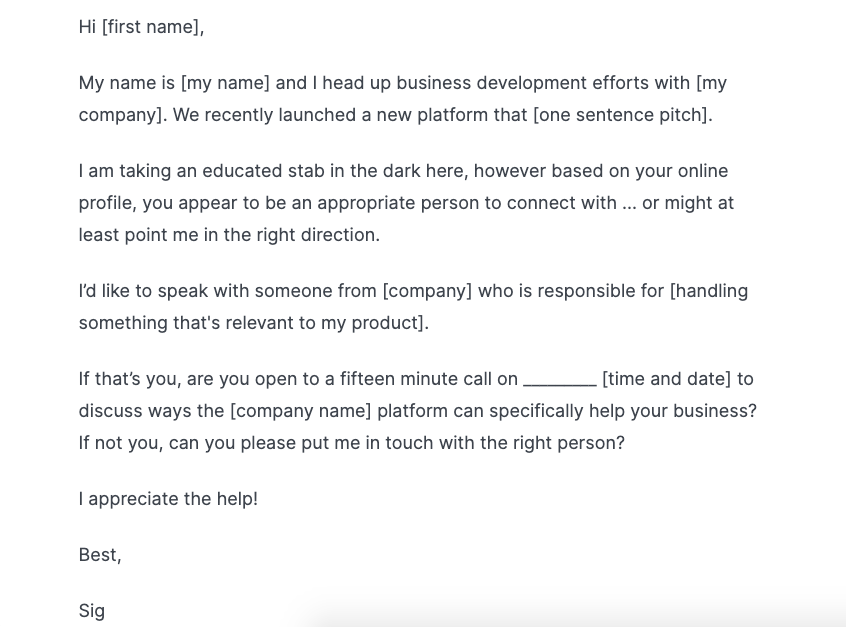
Source: Close
You may often wish to create rapport by showing your lead that you are in the same boat by using “we” phrasing. It makes it seem like you and your prospect are in the situation together.
But, if you’re in that situation with them, you’re also saying it’s your responsibility to take action.
This can lead to your prospect not fully understanding their need to take action themselves, knowing that it’s only up to them to make a change.
Instead, avoid the temptation to use “we” and switch to saying “you,” especially when talking about your prospect’s pain points and how your solution can address them.
Take advantage of their “yeses”
The more expensive or complex your product is, the harder it will be to sell. So, why should you try to sell it all at once?
Instead, break it into obvious pieces, and lead your prospects into agreeing about how they need them. You don’t have to sell the product separately, you just have to break it apart into manageable chunks that your prospect will agree they need.
If, for example, you’re selling an expensive vacation package, you can start by showing the most attractive parts of it, like describing how little they’ll pay for the hotel and how much they can save for the things they’d already be needing when traveling.
That way, the prospect can start agreeing with how they need your product from the beginning, instead of you having to try to get them to agree with a bit of a compromise at the end of your pitch.
Take your customer on a journey
If you want to sell a product, you can take your customer on a journey where they come out as the hero of the story.
Start by showing them how they’re struggling with a problem. Then you can position yourself as the mentor whose guiding them to solve their problem. Finally, show them how they can use your solution to realize their potential, confront their problem head-on, and come out victorious.
This will allow your prospect to envision themselves using your solution, fully adopting it, and changing their lives, all in one pitch.
Personal Selling Examples: The 5 Best Practices You Should Follow
Here are the best practices you should follow when using personal selling:
1. Focus on building a strong relationship first
Finding someone who already wants to purchase your product isn’t that common. You will usually have to knock on many doors until you find someone interested in what you’re selling.
That’s why you’ll want to capitalize on that by focusing on establishing a good relationship from the start.
Use small talk, and get to know your prospect to generate the good rapport you’ll need. If the prospect likes you, they’ll be far more willing to listen to your sales pitch later.
2. Foster a good selling culture among your salespeople
If you want your salespeople to thrive, you’ll need to foster a culture that helps them thrive and keeps them motivated with things like:
- Tools: Make sure your salespeople have all the tools they need to succeed. Give them access to lead generators, CRMs, and anything else that can make their jobs easier.
- Training: If you want successful salespeople, make sure to show them how to become successful. Don’t just give them their initial training, supplement it constantly with focused training to help them develop the skills they need.
- Work environment: Create a positive work environment that allows your salespeople to feel relaxed and comfortable, and that rewards success while keeping less successful salespeople motivated.
If you keep your salespeople informed and trained, they’ll be far more likely to close more sales.
3. Align your solution to your prospects’ pain points
If you try to sell your products to just anyone, you’ll be far less likely to succeed.
Instead of approaching people and then finding reasons why they need your solution, focus on finding people who need your solution first, and then tell them why.
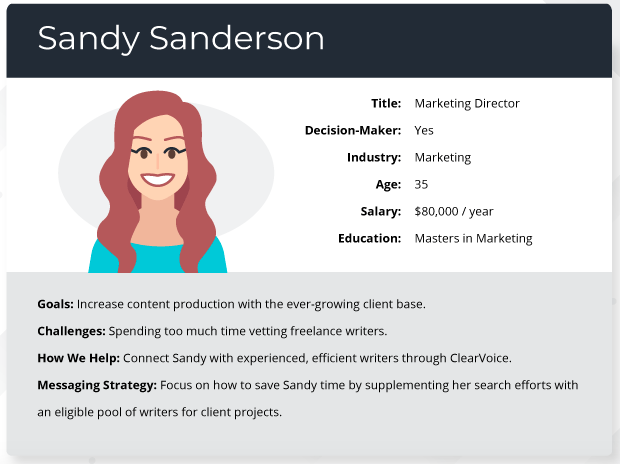
Source: ClearVoice
To do this, start with a strong, data-driven ideal customer persona. Make it as detailed as you can, defining who they are, what they do, and why they need your product. Work your way backward to find them.
4. Learn from your successes and your failures
Once you have your sales team, it’ll be easy to identify who is doing the best out of all of them. What’s harder is to understand why they’re doing better.
Similarly, it’s easy to see how many customers stop doing business with you, but it’s hard to know why.
To do this, make sure you always test back on why you got the results you did. When something succeeds, make sure to study what worked. If something fails, always do a post-mortem to learn why it failed. Take the time to learn from both, so you can increase your successes and decrease your failures.
5. Hold your managers accountable
Your managers and team leaders are in charge of the success of your salespeople. That’s why it’s very important to hold them accountable for their performance.
Instead of granularly focusing on each teammate’s performance, focus on their leaders and hold them accountable when they fail or succeed on coaching your salespeople and tracking their metrics.
That way, you can establish a very simple hierarchy of responsibility, keeping you in control while delegating tasks properly.
Summary: Pros and Cons of Personal Selling
Here are the pros and cons of personal selling:
Pros of personal selling:
Personal selling has many advantages, like:
- Better communication: Since personal selling is all about selling face to face, you can easily talk to the prospect, convey more information, and hear what they want and what they don’t want.
- Builds trust: Making sales in person lets the prospect know who they’re dealing with and helps them feel heard and in control.
- Far more effective: It’s harder to lose focus or interest when you’re in a conversation than when you’re seeing an ad on Facebook. Personal selling is far more persuasive and leads to more sales.
Cons of personal selling:
- More expensive: Since your salespeople can only handle one person at a time, and since each pitch will take a while, you’ll end up having salespeople dealing with, at best, only a handful of people per day, making it more expensive in the long run. Plus, you may need to hire experts to further optimize your sales efforts.
- Very time consuming: Your salespeople not only need to spend time listening and convincing one prospect at a time, but they also need to spend time getting the training they need to become good at selling.
- Very limited reach: With personal selling, you can only reach prospects you can talk to in person, which extensively narrows your reach.
For these reasons, personal selling is better when your salespeople are selling expensive items, or when you have an influx of prospects coming in already.
Frequently Asked Questions about Personal Selling
Here are the answers to common questions about personal selling:
Does personal selling increase the costs of promoting a product or service?
Yes. Personal selling increases costs because you need multiple salespeople occupied for a longer time with individual customers. The salespeople must also be properly trained and have the proper tools and budget to succeed at personal selling.
What sales skills are required to do personal selling effectively?
The best skills to succeed at personal selling are listening skills, to help your salespeople know your prospects’ pain points; interpersonal skills, to help them establish a relationship with the customer; and problem-solving skills, to help them navigate among the obstacles your prospects may have.
Have technology and social media tools affected personal selling? How?
Yes. Tools like UpLead can get you leads as quickly and accurately as you need them. You can also use social media to find your prospects and promote get-togethers, and you can use multimedia to show your prospects more about your product.
What is the difference between direct marketing and personal selling?
Direct marketing involves direct emails and other messages with your prospects, whereas personal selling communication happens exclusively face to face.
Conclusion
When properly implemented, personal selling can easily take your marketing efforts to the next level. It can quickly become a powerful selling tool that allows you to reach better prospects and sell items that are harder to sell.
If you use the right tools and train your salespeople properly, you’ll be converting more prospects face to face and meeting your sales goals in no time.

